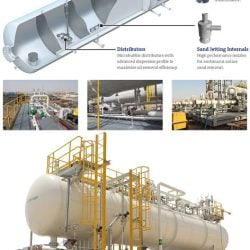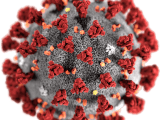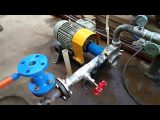
Micro bubbles for water treatment
Mr Vishalkumar Suthar
Write detailed article on Micro bubbles application for oil amd water separation for produced water using dissolved air flotation and induced gas flotation.
In the oil and gas industry, water is often produced alongside oil during the extraction process. This produced water contains a range of contaminants, including oil and gas, as well as suspended solids and dissolved salts. To minimize the environmental impact of produced water, it must be treated and cleaned before it can be safely discharged into the environment. One of the most effective methods of treating produced water is by using dissolved air flotation (DAF) or induced gas flotation (IGF) with micro bubbles.
Dissolved air flotation (DAF) is a process that uses microscopic bubbles of air to separate suspended solids, oil, and grease from water. The process involves saturating water with air under high pressure and then releasing it into a tank. As the water and air mixture is released into the tank, the pressure drops, causing the air to form small bubbles. These bubbles attach themselves to the contaminants, which rise to the surface of the tank and can be skimmed off.
Induced gas flotation (IGF) is another method of removing contaminants from produced water. In this process, gas is introduced into the water under high pressure, creating tiny gas bubbles that attach themselves to the contaminants. As with DAF, the contaminants rise to the surface and can be removed by skimming.
In both DAF and IGF, the size and quality of the bubbles are critical to their effectiveness. Smaller bubbles provide greater surface area for the contaminants to attach to, resulting in more efficient separation. This is where micro bubbles come in.
Micro bubbles are tiny bubbles, typically less than 50 microns in diameter, that are generated using specialized equipment. These bubbles have a high surface area-to-volume ratio and are highly effective in removing contaminants from water. The use of micro bubbles in DAF and IGF has been shown to improve the efficiency of the processes, resulting in cleaner water and reduced operating costs.
In DAF systems, micro bubbles are generated using a pressure tank and a release valve. The pressure tank is filled with water and air is injected into the tank, creating a mixture of water and air. The release valve is then opened, causing the pressure to drop and the air to form tiny bubbles. These bubbles rise to the surface of the tank, attaching themselves to the contaminants, which can then be removed by skimming.
In IGF systems, micro bubbles are generated by a specialized gas-inducing pump. The pump creates a mixture of gas and water, which is then injected into the produced water. The pressure drop causes the gas to form tiny bubbles, which attach themselves to the contaminants and rise to the surface, where they can be removed.
The use of micro bubbles in DAF and IGF systems has several advantages over traditional methods. First, micro bubbles are highly effective in removing contaminants from water, resulting in cleaner water and reduced operating costs. Second, micro bubbles reduce the amount of chemical additives required in the process, making it more environmentally friendly. Finally, the use of micro bubbles in DAF and IGF can be easily integrated into existing water treatment systems, making it a cost-effective solution for treating produced water.
In conclusion, the use of micro bubbles in DAF and IGF systems is an effective and cost-efficient method of treating produced water. The use of micro bubbles improves the efficiency of the processes, resulting in cleaner water and reduced operating costs. The use of micro bubbles is also more environmentally friendly, as it reduces the amount of chemical additives required in the process. Overall, the use of micro bubbles in DAF and IGF systems is a highly effective and sustainable solution for treating produced water in the oil and gas industry.



